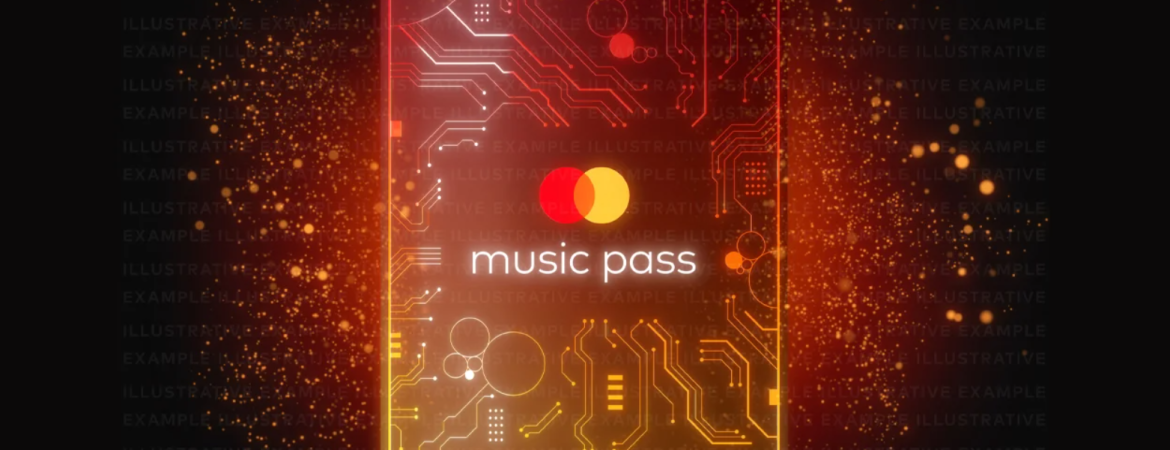How AI is Revolutionizing Sports: Football, Rugby, Tennis, Basketball, and Baseball
Sports have always been a significant part of entertainment and business around the world, generating billions in revenue. To improve their game, coaches and players have started implementing outside methods, such as Artificial Intelligence (AI). AI has revolutionized sports by providing unique insights and predictions that were not available before. In this article, we will explore how AI is changing the game in various sports. AI inFootball (Soccer) Football, also known as “the beautiful game,” is the most popular sport worldwide. AI has made its way into the industry, altering the game’s training, tactics, and player health. Getafe, a football club in Spain, has implemented Zone7, an AI-driven company that provides assessments to prevent injuries before they occur. The club reported a 70% reduction in injuries per 1000 hours, a 65% reduction in match injuries, and a 65% reduction in days lost. Other football clubs, like Rangers and various MLS sides, have also gravitated towards these AI capabilities. AI in Rugby Rugby is a brutal sport that involves players charging into each other, creating large “dogpiles.” To analyze and prevent confusion for the referees, AI video analysis tools help with game calls. Toshiba has introduced a new video and audio analysis software that tracks the game in real-time. Using machine learning capabilities, the software tracks the players and the ball, even calling whether a “scrum,” “pass,” and “tackle” has occurred. Additionally, audio analysis software tracks when a whistle is blown by looking into the audio frequencies of the recorded game. AI in Tennis Researchers at the Queensland University of Technology in Australia have developed an AI system using the Hawk-Eye Ball Tracking System that could change the game of tennis. The system recorded data points on tennis shots provided by professional players like Rafael Nadal and Roger Federer. The data from these shots were used in their AI system and accurately predicted how a player’s shot would successfully play out. Using data points like the trajectory of the ball and player movements, this software predicted whether a shot would be returned or win the round. AI in Basketball In fast-paced sports like basketball, AI has proven beneficial in gathering data sets and numbers that may be difficult for humans to grasp. NBA teams have implemented optical tracking technology, like SportVU, to track the finer details during a game to better their playing style. Softwares like SportVU provide pattern recognition capabilities to predict how the game is played. SportVU can track a player’s movement 25 times a second, providing many values on the most detailed aspects of basketball, like the arc of players’ shots. AI in Baseball In baseball, an umpire’s bad call can make or break a game’s final result. Major League Baseball (MLB) has been experimenting with AI to improve the game’s accuracy. Robot umpires have been tested in baseball, like “TrackMan,” designed to sit above home plate and accurately read pitches using a 3D radar doppler dish. This robotic umpire will also analyze the players’ size and create a strike zone based on their height, providing an “umpire” with perfect reflexes and unbiased refereeing. In conclusion, AI has provided unique insights and predictions that were not available before, revolutionizing sports. From football to baseball, coaches and players are implementing AI methods into their game, improving their training, tactics, and player health. With AI capabilities, players and coaches have a “bird’s eye view” of the game, predicting outcomes before they happen, and improving aspects of their game that would not be seen with the naked eye.












